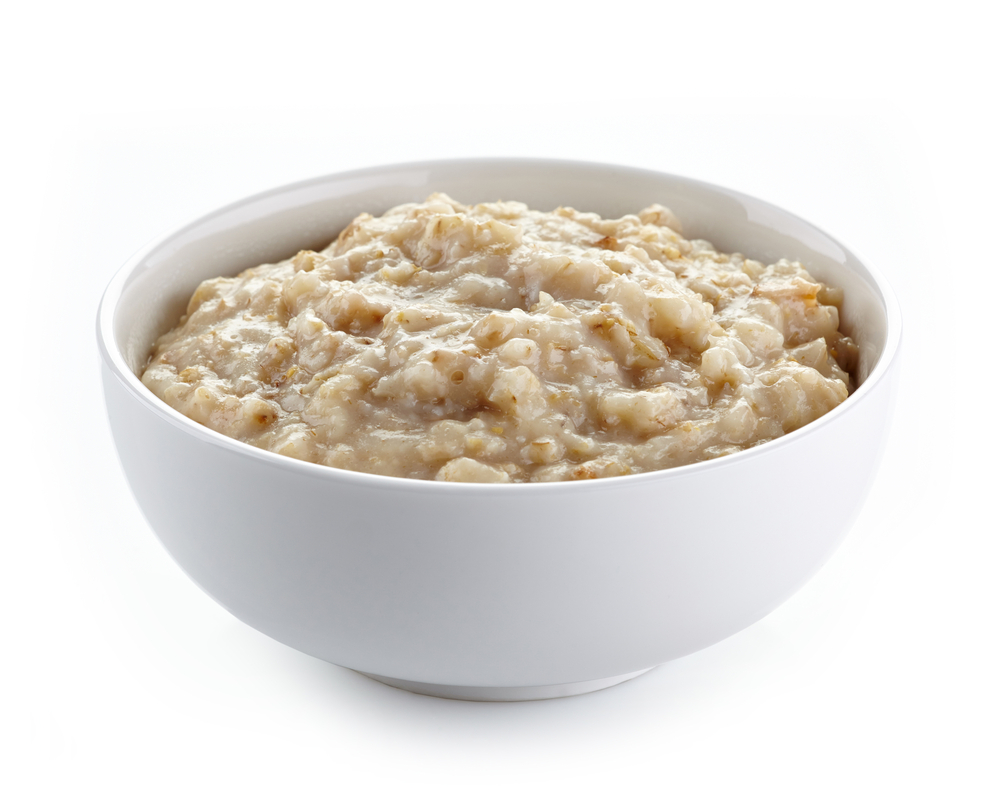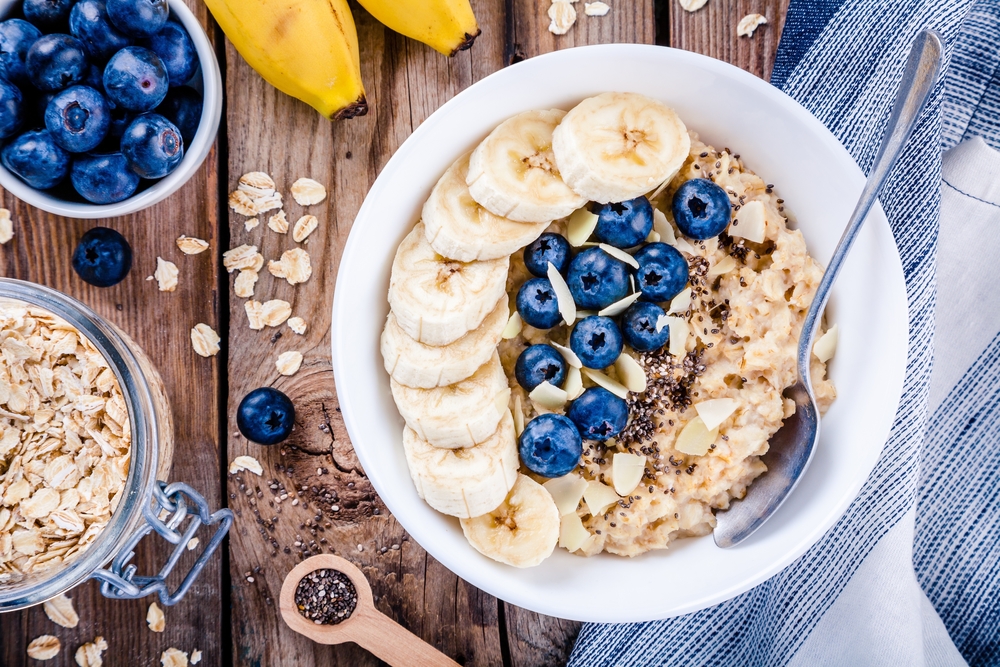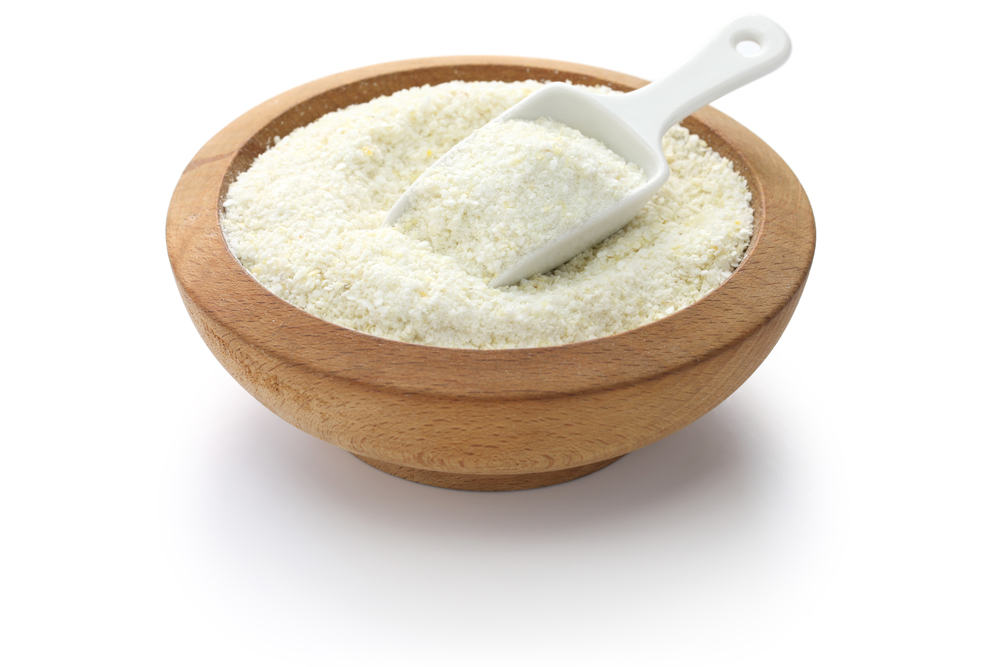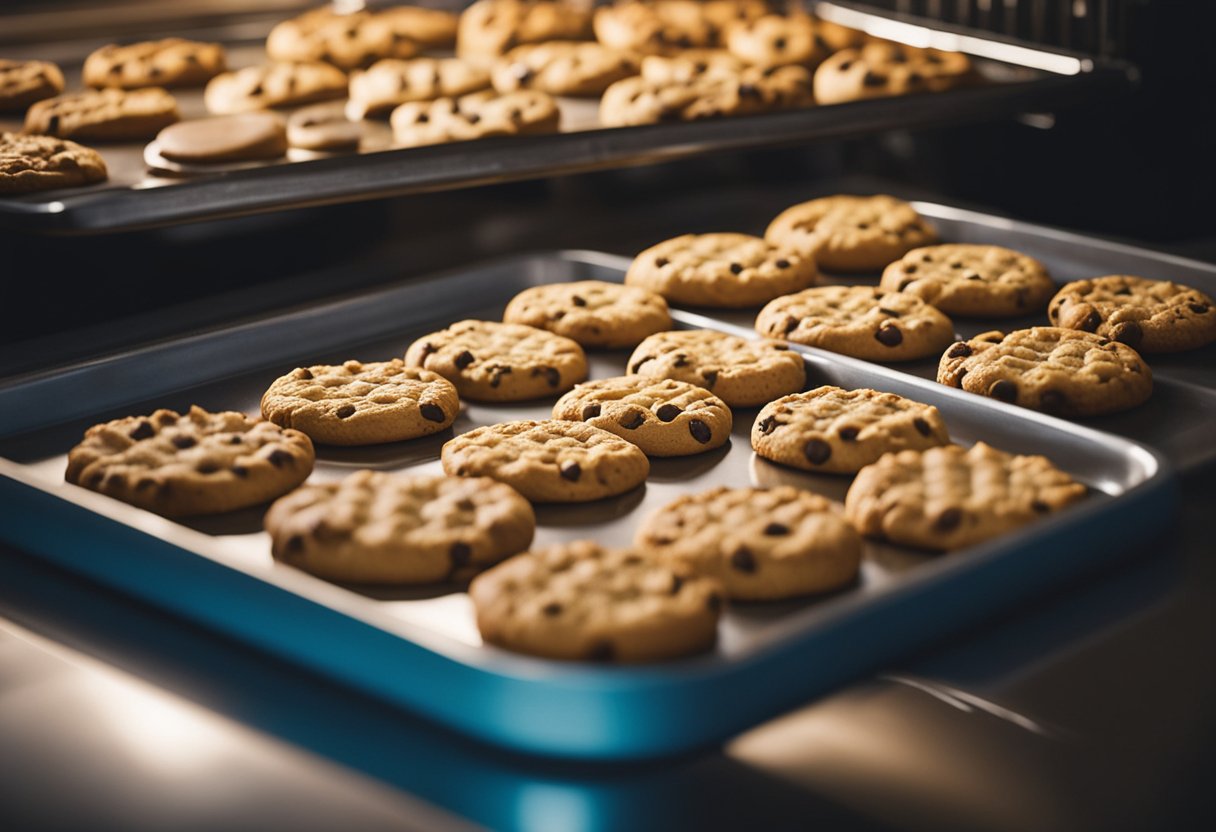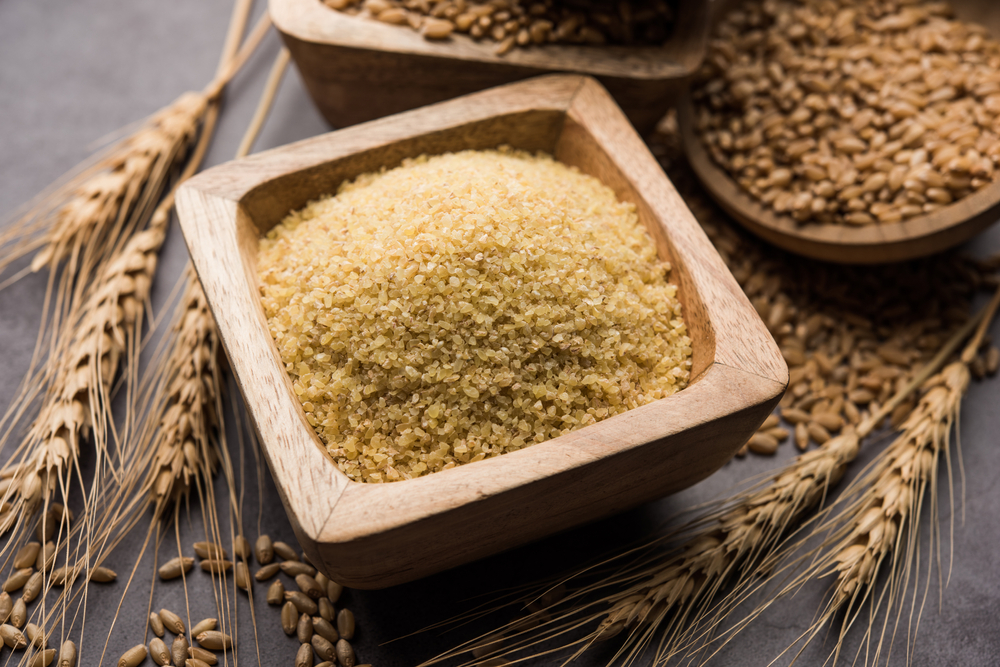Embarking on a gluten-free diet can be a transformative experience, particularly for those who have celiac disease or gluten sensitivities. I understand that for beginners, the idea of meal prepping without traditional wheat-based products might seem daunting. However, with the right ingredients and recipes, gluten-free meal prep can become a simple part of your weekly routine. I have found that by focusing on naturally gluten-free foods and incorporating a diverse array of ingredients, you can create delicious and nutritious meals that satisfy without feeling restricted.
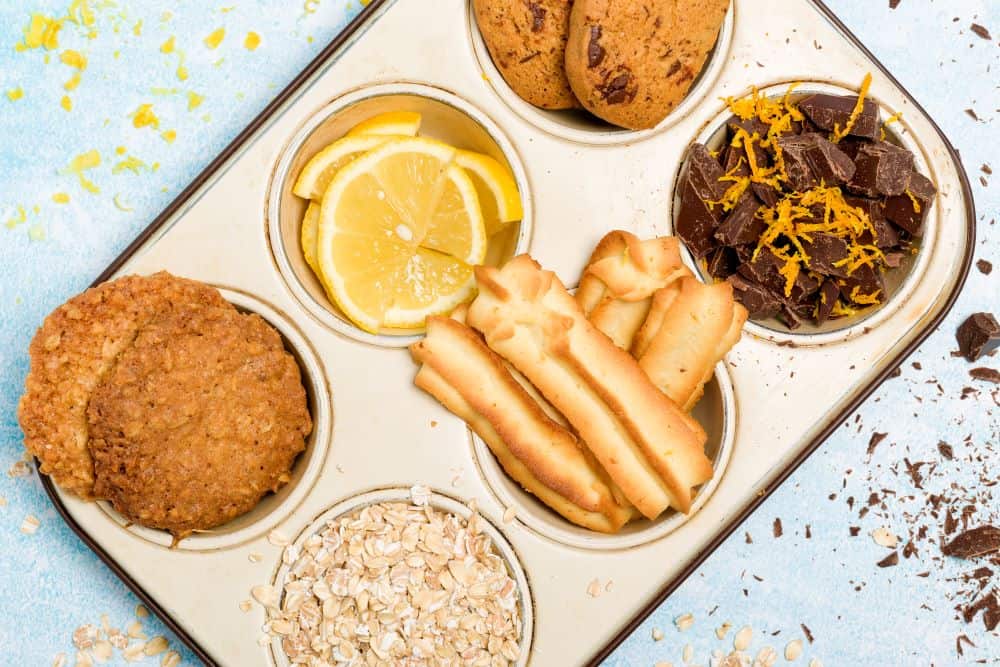
Having gone through the process myself, I’ve realized that planning is key. I start by selecting recipes that are designed to be gluten-free from the outset, so there’s no need to make complicated substitutions. My approach includes batch cooking versatile components—like grains such as quinoa and proteins like BBQ baked salmon and air fryer egg bites—that can be mixed and matched to keep meals interesting throughout the week.
I assure you, maintaining a gluten-free diet through meal prep is not only achievable but can also broaden your culinary horizons, as you learn to work with a range of flavors and textures that perhaps weren’t part of your diet before.
Getting Started with Gluten-Free Meal Prep
Entering the world of gluten-free meal prep can be both a healthy and empowering endeavor, especially for beginners. From understanding the basics to stocking your kitchen and creating a focused grocery list, I’ll guide you through the essential steps to make this process smooth and stress-free.
Understanding Gluten-Free Basics
To start with gluten-free meal prep, it’s crucial to understand what gluten is. Gluten—a protein found in wheat, barley, and rye—can lead to adverse reactions in people with celiac disease or gluten intolerance. It lurks in many foods, so my goal is to focus on safe, whole foods and gluten-free whole grains that nourish the body without causing discomfort. Options like quinoa, buckwheat, and brown rice are staples in a gluten-free kitchen and can be the foundation of numerous meals.
Essential Kitchen Tools and Equipment
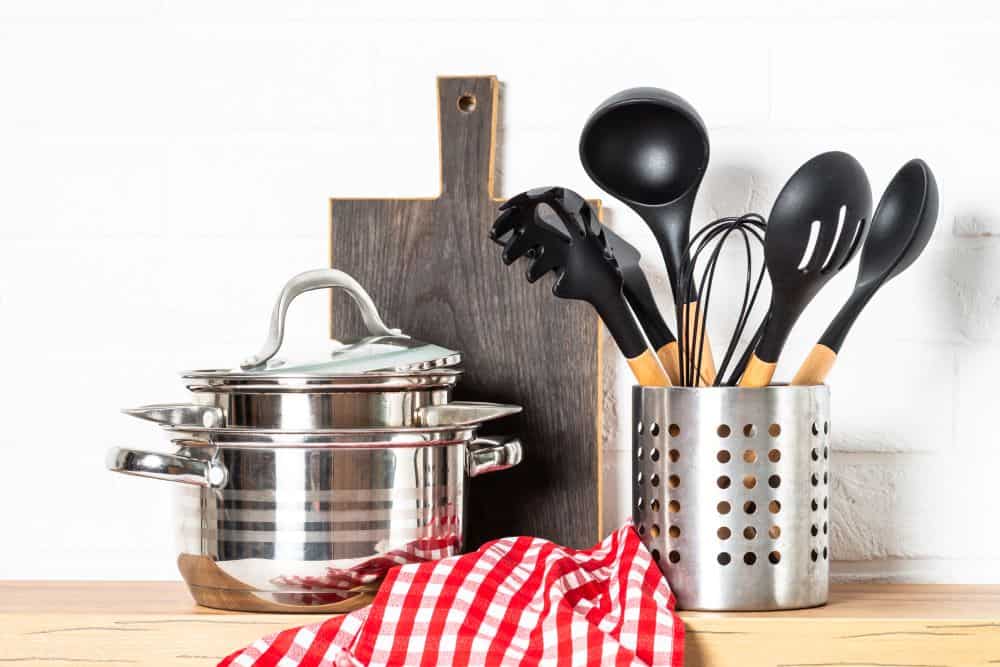
Next, let’s talk about the tools I find essential for effective meal prep:
- Cutting boards and knives: A durable board and sharp knives make prep work easier and more efficient.
- High-quality pots and pans: Non-stick surfaces are excellent for reducing oil use and preventing sticking, especially for gluten-free flours.
- Meal prep containers: Glass or BPA-free plastic containers of various sizes are vital. They should be airtight to keep food fresh.
- Measuring cups and spoons: Precise measurements lead to better results, especially important in gluten-free cooking.
Having the right tools can make a significant difference in the success of your meal prep routine.
Creating Your Gluten-Free Meal Prep Grocery List
To begin meal planning, creating a detailed grocery list is essential. A well-thought-out list ensures that I have everything needed for the week’s meals without multiple shopping trips. Here’s a basic structure for your list:
- Produce: Load up on fruits and vegetables; they’re naturally gluten-free and packed with nutrients.
- Proteins: Look for unprocessed meats, or if you’re vegetarian or vegan, beans and lentils are excellent choices.
- Gluten-Free Whole Grains: Quinoa, millet, and certified gluten-free oats should be on your list.
- Pantry Staples: Things like gluten-free soy sauce, olive oil, and a variety of spices and herbs are key to flavorful meals.
Making sure to segregate the list into sections like produce, proteins, dairy (if consumed), gluten-free whole grains, and pantry staples keeps it organized and ensures that nothing gets missed.
Beginner-Friendly Gluten-Free Recipes
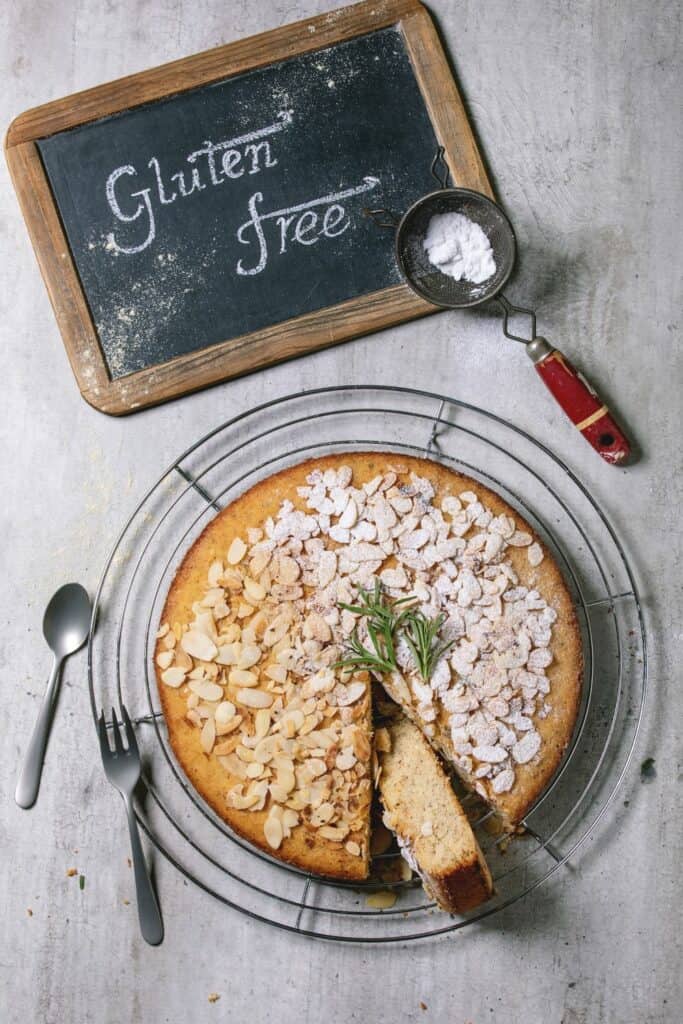
Crafting a meal prep plan when you’re new to a gluten-free lifestyle can be both exciting and daunting. I want to ensure you have a seamless transition with these recipes that cater to all levels of culinary expertise while keeping nutrition and taste at the forefront.
Breakfast Ideas to Kickstart Your Day
To begin your day with a nutritious boost, consider gluten-free granola. It’s effortless to make and can be a crunchy topping for yogurt or eaten with a splash of almond milk. Using gluten-free oats and a mixture of nuts and seeds, you ensure there’s no compromise on fiber or flavor. Another standout is apple cinnamon baked oatmeal; this cozy dish is as easy as combining diced apples, cinnamon, and gluten-free oats before baking.
Lunch Prep for Sustained Energy

For lunch, nothing beats the simplicity of a chicken fajita bowl. I like to use pre-cut veggies, sliced chicken breast, and a blend of spices to create a meal that’s as flavorful as it is satisfying. Pair it with some cooked quinoa or brown rice for added nutrients and texture. Another great option is a Caprese chicken salad. It combines baked chicken with fresh cherry tomatoes, mozzarella, and basil, all drizzled in a balsamic vinaigrette, perfectly embodying a gluten-free meal prep that doesn’t compromise on taste.
Delicious Dinners That Satisfy
When dinner time rolls around, you’re probably looking for something that will please the palate and be a crowd-pleaser. A sweet potato and black bean chili from the slow cooker can be incredibly comforting and is super easy to make. Simply toss all the ingredients into the cooker, set it, and come back to a hearty meal. Alternatively, gluten-free pasta dishes can be both filling and diverse, from spaghetti to penne, and work well with a variety of sauces.
Versatile Recipes for Any Meal
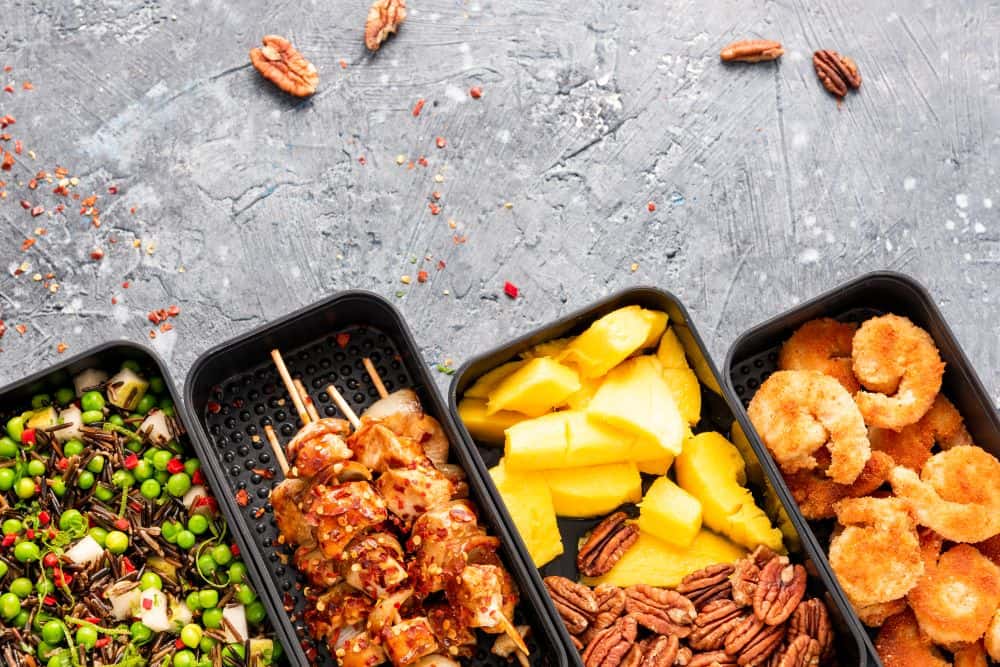
Some recipes transcend meal categories and fit effortlessly whenever you’re hungry. You can’t go wrong with quinoa bowls, which can be a blank canvas for a variety of flavors, from Mediterranean to Asian-inspired. They’re perfect for breakfast, lunch, or dinner. For something truly simple and adaptable, try rice dishes––both white and brown rice serve as a fantastic base for a variety of toppings and mix-ins, ranging from stir-fried veggies to marinated tofu.
I’ve carefully chosen these recipes to be approachable for any novice in the gluten-free scene, making sure that you’re well-nourished and satisfied throughout your day.
Meal Prep Strategies and Tips
When venturing into gluten-free meal prep, it’s crucial to focus on strategies that ensure meal variety, nutritional balance, and ease of preparation. My approach streamlines the process and keeps your diet interesting and fulfilling.
Batch Cooking and Portioning
I always advocate for batch cooking as a core part of meal planning. Cook large quantities of staples like quinoa and portion them out for the week ahead. This grain substitute is not only nutritious but also versatile, serving as a base for countless gluten-free recipes. For proteins, consider batch cooking beef or poultry which can be easily divided and added to different meals. This step is not just about convenience; it’s a way to guarantee variety in your diet.
Efficient Use of Time and Ingredients
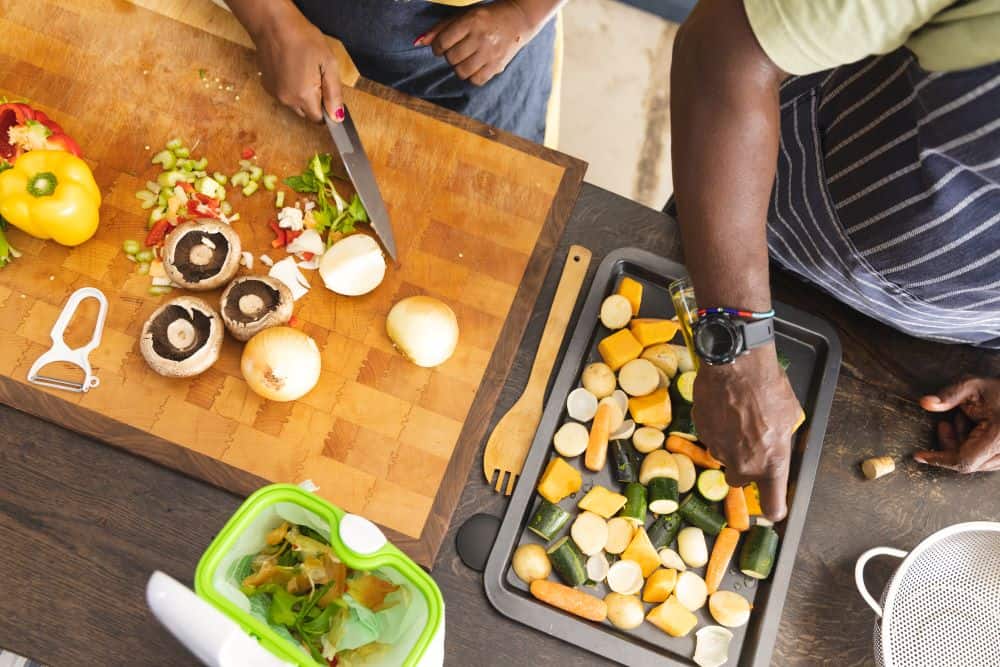
To maximize efficiency, I embrace the “power hour meal prep” approach. Select gluten-free recipes that share similar ingredients to minimize waste and reduce the number of items you need to purchase. Use your slow cooker to prepare dishes like freezer-friendly pulled pork, which can be used in multiple meals throughout the week. By cooking with intention and a plan, you leverage both your time and your pantry to the fullest.
Storing and Preserving Gluten-Free Meals
The freezer is my ally in preserving meals. Use meal prep containers that seal well to ensure your dishes retain their flavor and texture when thawed. Freezer-friendly recipes, from casseroles to soups, give you quick and easy options on busy days. Remember to label everything clearly—both with the contents and the date—to streamline meal selection later on.
Navigating Eating Out with Dietary Restrictions
Dining out can be a challenge with a gluten-free diet. I always check the menu in advance and look for places with clear allergen labels. If options are limited, I’ll plan ahead by eating a small meal at home and then opting for a salad or light entrée while out. This way, I can still enjoy social occasions without compromising my dietary restrictions. Remember, being open with servers about your dietary needs is key—they’re usually more than willing to help you find a suitable meal.
Health and Nutrition in Gluten-Free Meal Prep
In gluten-free meal prep, it’s crucial to achieve a balance of macronutrients while incorporating a broad range of vitamins and minerals from whole foods. By avoiding processed items, we ensure that meals are not only safe for those with celiac disease but also conducive to healthy eating.
Balancing Macronutrients for Energy and Health
I understand that proteins, carbohydrates, and fats are essential for energy and overall health. Gluten-free meals often emphasize lean proteins, such as chicken or fish, which provide ample energy without gluten exposure. For a vegetarian twist, I might opt for beans and nuts as a protein source. My choice of carbohydrates typically focuses on low-carb, gluten-free options such as quinoa and sweet potatoes to maintain energy levels.
- Proteins: Lean meats, fish, beans, nuts
- Carbohydrates: Quinoa, sweet potatoes, other gluten-free whole grains
- Fats: Avocado, olive oil, seeds
Incorporating Whole Foods for Essential Vitamins

Whole foods are a cornerstone of my diet, rich in vitamins and free from gluten. Vegetables and fruits — particularly berries — make an excellent addition to any gluten-free meal prep, ensuring I get a spectrum of nutrients. For example, spinach adds iron, while oranges and berries provide a punch of Vitamin C.
- Vegetables: Leafy greens, bell peppers, broccoli
- Fruits: Oranges, apples, bananas, berries
Avoiding Processed Foods and Common Allergens
To minimize the risk of gluten contamination and allergens, I meticulously avoid processed foods. This approach not only supports individuals with celiac disease but also promotes a dairy-free and healthy dietary pattern. Labels are scrutinized to ensure food items are genuinely gluten-free.
- Gluten-Free Certification: Look for certified gluten-free labels
- Dairy-Free Options: Almond milk, coconut yogurt
- Reading Labels: Watch for hidden sources of gluten and other allergens
Expanding Your Gluten-Free Cooking Skills
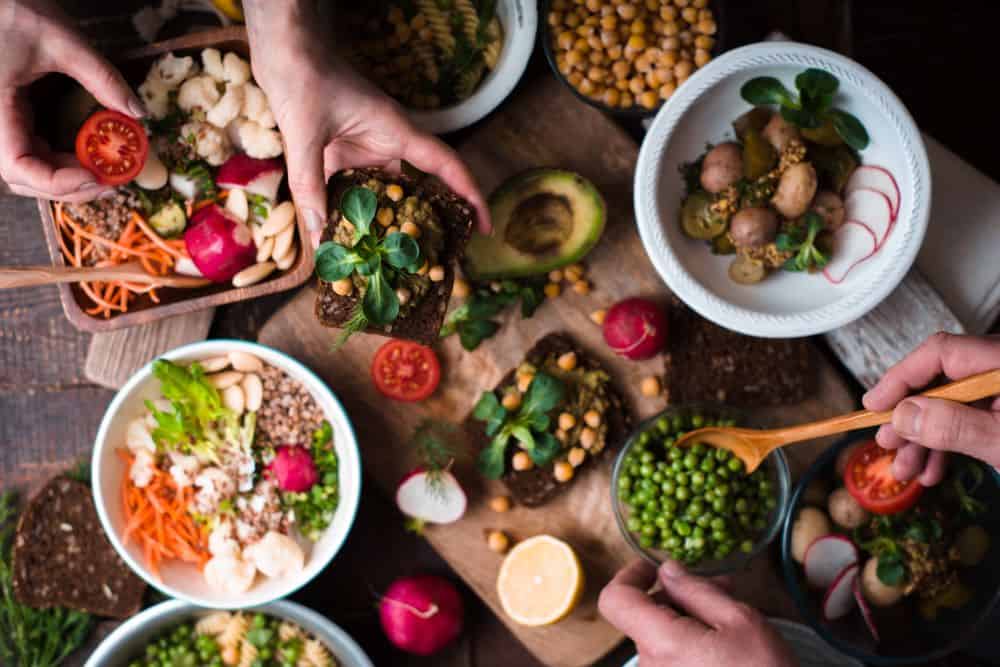
Embarking on a gluten-free diet has propelled me to discover an array of culinary techniques and ingredients that carry my cooking to new heights. My journey has been marked by learning to create international dishes, mastering baking alternatives, and whipping up versatile sauces—all without a trace of gluten.
Exploring International Gluten-Free Dishes
I take great pleasure in exploring global cuisine. For example, creating a stir-fry using tamari instead of traditional soy sauce allows me to savor the beloved flavors of Asian cooking while adhering to my gluten-free diet. Mexican dishes lend themselves wonderfully to gluten-free options as well, with a wealth of corn-based tortillas and tamales to indulge in.
Experimenting with Gluten-Free Baking
My adventures in gluten-free baking have taught me that desserts and breads are still within reach. Utilizing a mix of gluten-free flours such as almond or coconut flour, I’ve been able to produce everything from fluffy pancakes to sumptuous cakes. Each recipe is an opportunity to refine the texture and flavor, often compelling me to be both creative and meticulous in the kitchen.
Mastering Gluten-Free Sauces and Condiments

I’ve learned the art of making gluten-free sauces and condiments, which serve as the foundation for countless dishes. A homemade marinara sauce, for example, transforms a simple pasta dish, and knowing that it’s gluten-free provides peace of mind. Pesto, enriched with fresh basil and pine nuts, has become my go-to for an easy, flavorful addition to meals. The joy of cooking gluten-free lies in these details—the craft of creating rich, complex flavors without gluten.
Frequently Asked Questions
In this section, I address common inquiries regarding gluten-free meal preps, especially for those who are new to this dietary choice.
How can I plan a gluten-free meal on a budget?
I find that buying in bulk, choosing in-season produce, and using whole food ingredients are key strategies to keep costs low. For instance, rice and potatoes are affordable gluten-free staples.
What are some gluten-free meal prep recipes for beginners?
Beginners can start with straightforward recipes that require minimal ingredients, such as baked chicken and roasted vegetables or simple lentil soups. These provide a solid foundation for a gluten-free diet without being overwhelming.
Which high-protein foods can be included in gluten-free meal planning?
High-protein foods that are naturally gluten-free include lean meats, fish, eggs, beans, and legumes. These foods can form the cornerstone of a balanced, protein-rich gluten-free meal.
Can you suggest gluten-free lunch ideas suitable for meal prepping?
For meal-prepped lunches, I would recommend quinoa salads, rice paper rolls with fresh veggies, or hearty bowls with gluten-free grains and protein which are convenient and easy to prepare in advance.
What are the options for gluten-free meal prep delivery services?
There are delivery services that cater to gluten-free diets and provide prepared meals. This is a hassle-free option for those looking to save time while ensuring they stick to their dietary requirements.
What gluten-free meals are recommended for someone starting their first week gluten-free?
For the initial week, simplicity is key. Basic stir-fries with vegetables and protein over gluten-free grains, grilled meats with salad, and gluten-free pastas with a simple sauce are all great starting points.


